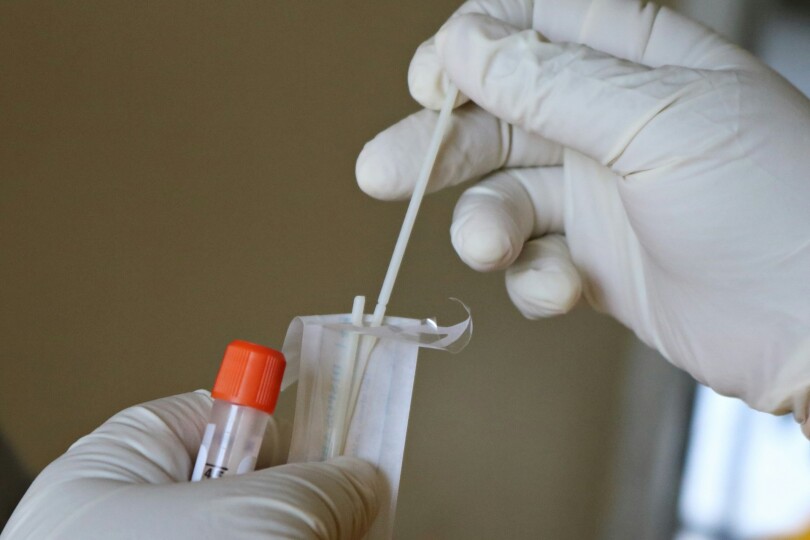Why Is the Gulf Attracting Climate Tech Businesses?
28 Jun 24
Enviro ChatThe Global News Source for the World of Science and Chemicals
24 May 2024
Lab Chat
With criminal activity becoming more sophisticated than ever, police investigators have had to adapt with the times. Dubai Police are at the forefront of modern police work, pioneering as they have a plethora of new scientific techniques in identifying suspects and securing convictions. Advanced new methods of DNA testing are one particularly potent weapon in their arsenal.
Under the stewardship of Lieutenant Colonel Dr Rashid Alghafri, the research and development department have been working on all manner of innovative new technologies. From leveraging the latest Y-chromosome testing kits to analysing the DNA found in air particles inside ventilation units, the team are putting years of theory into practice in order to solve cases across the board.
One of the most effective tools in development has been the creation of a microreader which can identify male culprits with a 99% accuracy rating. The reason for its success lies in the 26 different Y-chromosome biomarkers that the reader tests for, something which is unique to the contraption.
Such biomarkers first came to prominence in 1992, when four male markers were identified. Although this breakthrough proved instrumental in excluding suspects from an investigation, it was not so effective when attempting to secure a positive identification. However, the introduction of over 20 additional biomarkers has refined the process significantly, making it more precise and accurate than ever.
Another exciting new technology in the pipeline involves extracting DNA samples from air conditioning units and ventilation systems. A scientific study conducted by Flanders University in Belgium explored how best to collect airborne samples from four different homes and offices at spaced intervals, with cleaning taking place in between.
Should such testing prove successful, it would represent a major breakthrough in the field. That’s because it would be very difficult for a suspect to prevent the release of airborne DNA samples into the environment of a crime scene, even if they were familiar with the risks, took thorough precautions and cleaned up the evidence after the event.
Dubai Police are already putting these ground-breaking techniques to good effect in closing years- or even decades-old cases where the trail has long since gone cold. In one particular incident, DNA collected from a rape victim’s clothing was traced to an individual whose genetic information was already known to police. Using the Y-chromosome biomarker reader, the team were able to eliminate this man from their investigation – but conclusively prove that his brother (recently deceased) was responsible.
Meanwhile, a 2016 case was put to bed using similar DNA tracking to identify a body that was found with both head and hands removed. This made traditional methods of identification difficult, but a skin sample yielded the information necessary to pinpoint both the victim and the culprit. In the intervening eight years, the techniques have been developed further to attain a better rate of resolution in such sexual assault cases.
DOWNLOAD PDF

2 Day Seminar Program
@ ArabLab+ 2024
24 & 25 September 2024
Your stay in Dubai
Labkit
Product News
Chemkit
Product News
Thinking about exhibiting at ARABLAB 2024? Watch our video to find out more.
Join the world’s leading organisations…
Join our mailing list and receive the ARABLAB newsletter and event updates.